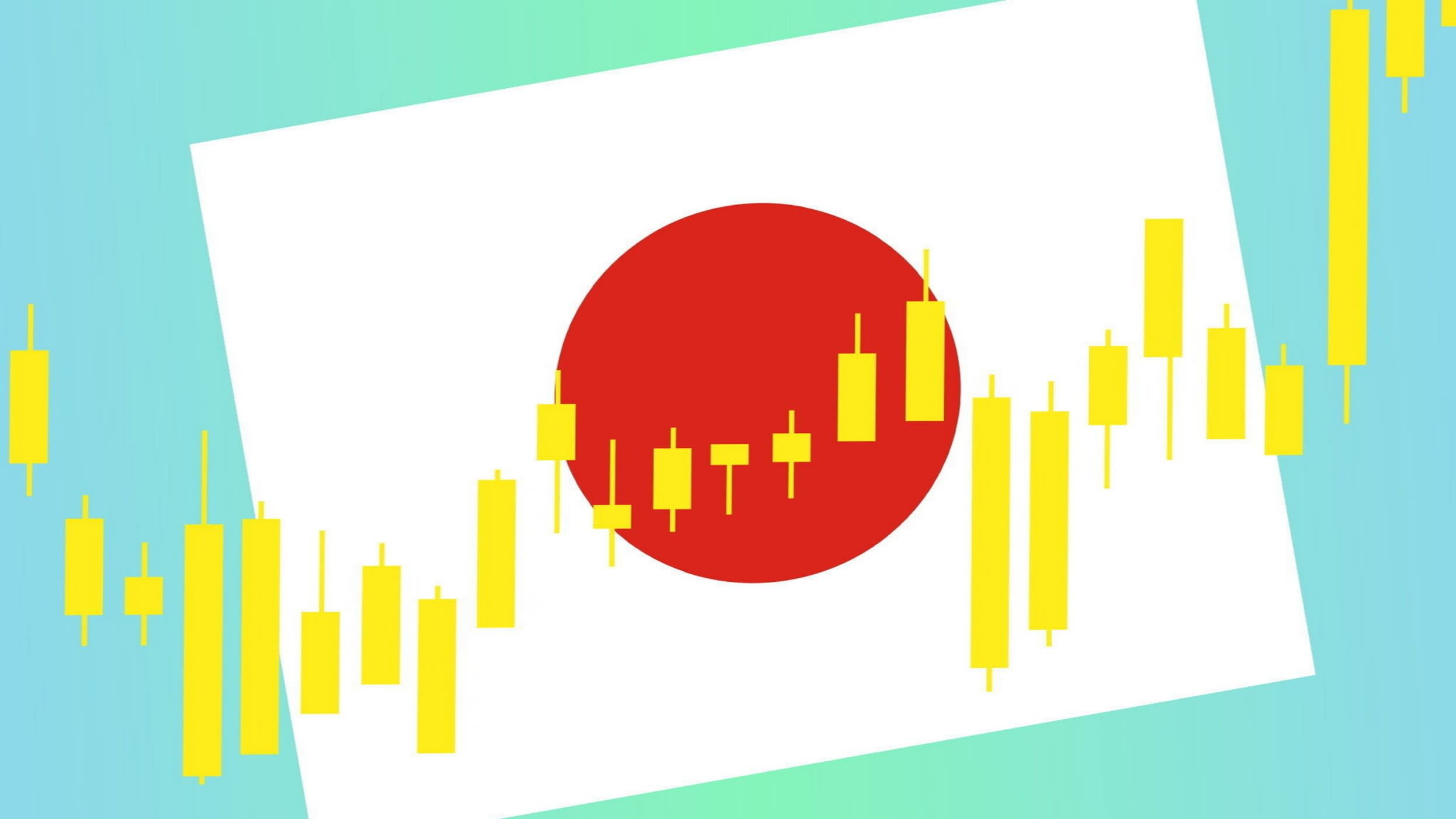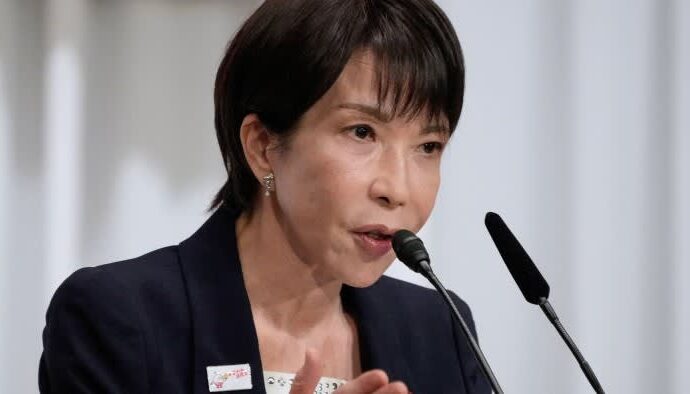
Unlock the Editor’s Digest for free
Roula Khalaf, Editor of the FT, selects her favourite stories in this weekly newsletter.
Quick as a flash: can you name Japan’s prime minister? How about the one before him? Full marks for all three post Shinzo Abe, whose eight-year stint ended in 2020.
I’m embarrassed to say I kind of forgot about Shigeru Ishiba. But there was no getting away from him this week. First, he lost the upper house. It’s been 60 years since his party hasn’t controlled at least one legislature. But never mind, because three days later his beaming face was next to Donald Trump’s, announcing a massive trade deal.
It’s doubly embarrassing because I love the country, lived there, and ran Japanese equity portfolios as a first job.
Most embarrassing of all is that I currently have almost 45 per cent of my savings in a FTSE Japan fund. I should know what school every minister of state went to. Plus we’re talking about the fourth-largest economy in the world and the biggest owner of Treasuries.
Why have I lost track of the most important driver of my retirement age? I’ve pondered this and blame one of the oldest problems in investing. Denial. The truth is my Japanese bet stopped working a few months before Japan elected a new prime minister last year.
At first it was hard to tell. In weeks where I thought the value of my ETF would rise it didn’t. Alternatively, during periods when news was less favourable the fund would flay about like a sumo wrestler — but remain upright.
Of course I knew exactly what was going on. The underlying shares in the fund are denominated in yen, while it trades on the London exchange in sterling. But my brain is too small to calculate the net result of two moving numbers at the same time.
And Japanese equities performed so well from the launch of this column in November 2022 until March last year that the weakening yen versus the pound didn’t bother me. My fund still bagged a 27 per cent return. Since then, however, zero. Or as they say in Japanese: zero, rolling the “r” like you do in Spanish.
That includes some huge volatility — both in the underlying FTSE Japan index and the exchange rate. For example, the jump in the yen last July after the Bank of Japan raised interest rates by the most in 15 years made the tariff wobbles seem kawaii in comparison.
And although the pound has dominated the dollar this year, it is still down versus the yen over the past 12 months, helping my equity fund a wee bit. This week’s news of Japan’s trade deal with the US, however, helped a lot — as you can see in the whopping gain in my portfolio’s value.
What to do now? As I have repeated often, no one should have almost half of their retirement pot in a single asset class — let alone when it’s denominated in a currency mismatched to their future liabilities. Doubly so when they cannot even name the prime minister.
Clearly the wind is behind Japanese shares now, so I’m loath to get in the way. As a contrarian, I’ve always been a terrible momentum trader. But at least I recognise this and know I sometimes need to overcome this bias. That’s what learning to invest is all about.
What is more, my Japan fund remains good value. Its price-to-earnings ratio is a modest 15 times, with earnings and cash flows growing at double-digit rates. A price-to-book of 1.3 times is downright cheap, as is a price to sales of one.
More important, as suggested by my waffling on about currencies for four paragraphs above, is how the yen is going to truck from here. Goods and services exports account for roughly a fifth of Japanese output. Large cap companies are some of the biggest exporters and make up 82 per cent of my fund by value.
It is often said (for example by me) that in general yen down equals shares up. And for much of my career at least, that has been the case. But there have been long periods — not least most of Japan’s post war rehabilitation — where the yen has climbed higher alongside the stock market.
The picture is less clear on a relative basis, too. For example, even since 1990 the correlation between the dollar-yen exchange rate and the performance of the Japan’s benchmark index versus the S&P 500 has more often than not been positive.
Not recently though — as the strong returns in the past couple of years demonstrate. And indeed the degree of negative correlation is about as strong as it’s been in three decades. That suggests to me an era of positive correlation is likely.
See? I can only stifle my contrarianism for so long. But my view is also based on analysis I’ve done in the past, which shows that constraints such as higher exchange rates or wages often help to make companies more innovative and dynamic.
Plus, more than a quarter of Japan’s manufacturing heft is now offshore and hence less exposed to a stronger yen. Certainly the half a trillion dollars the country has just promised Trump will be invested in the US won’t be.
This is all good stuff — as is the hope that importing more rice into Japan will ease the cost of living crisis. But good enough for 45 per cent of my portfolio? Probably not. I still want a big chunk, but whatever I buy next will probably be funded from here.
The author is a former portfolio manager. Email: stuart.kirk@ft.com; X: @stuartkirk__

